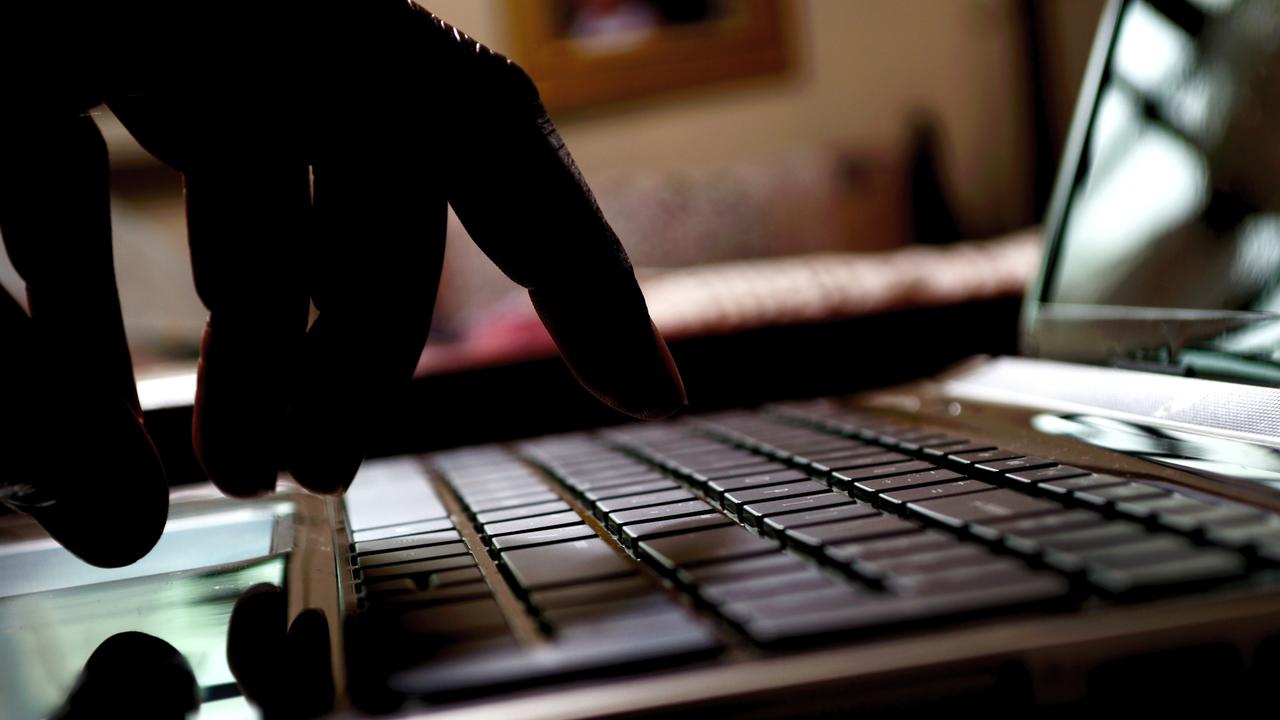Cost of Living: Aussies frustrated, nearly half blame the government
AUSSIES say cost of living pressure is getting worse, and nearly half blame the government for it. But are we just a nation of whingers?
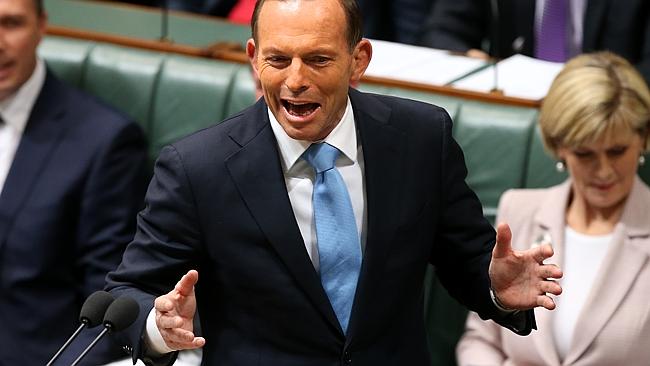
IT’S not just the name of the final studio album by English indie rock band Carter the Unstoppable Sex Machine. ‘I Blame the Government’ has become the mantra of everyday Australians.
News.com.au’s Cost of Living survey of more than 53,000 readers has revealed everyone, regardless of income, is frustrated by the rising cost of living — and nearly half blame government policy.
The frustration was greatest (59 per cent) for those earning between $45,000 and $60,000, followed by those earning $60,000-$80,000 (57 per cent), and less than $45,000 (55 per cent).
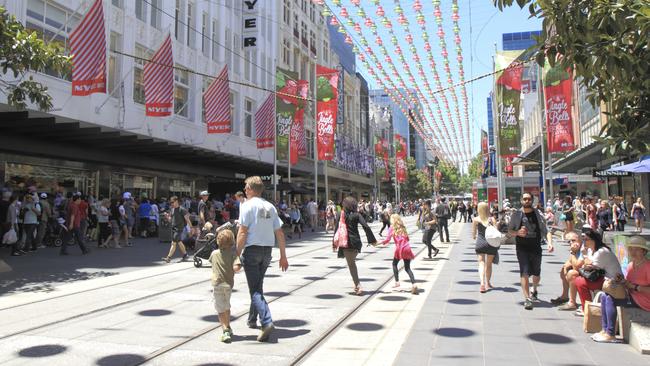
Perhaps unsurprisingly, those earning more than $200,000 were the most accepting — 21 per cent of that group responded ‘fine, settle down, people’ to the question of how they felt about rising costs. Still, fully one third of those earning more than $200,000 said they were frustrated.
Nearly half of respondents (48 per cent) blamed government policy for cost of living pressure. Fourteen per cent blamed big business, and 14 per cent blamed the shaky global economy.
Eleven per cent said they either didn’t know or blamed no one, and just 10 per cent said the blamed their own bad habits or decisions.
Here’s the interesting thing: the amount of income people make has a telling effect on who they blame for cost of living pressure.

The more people earn, the less likely they are to blame the government and the more likely they are to blame the global economy — and the same applies in the opposite direction.
For those earning more than $200,000 year, 39 per cent blamed government policy for cost of living pressure. The lowest two income brackets, less than $45,000, and $45,000 to $60,000, were the most likely to blame the government (46 per cent and 47 per cent respectively).
Carmel Franklin, chair of Financial Counselling Australia, says government policy tends to impact the most on those with lower income levels. “It’s government policy which affects the levels of support people receive,” she says.
“If you’re on a higher income, you can absorb some of those price increases. The reality for people on modest incomes is that prices continue to go up and it’s really difficult to absorb. But laying blame for rising costs is not straightforward — there are so many factors that determine these things.”
When asked who has the best plan to fix rising cost of living, 57 per cent of people said no one knows what to do. Damned with faint praise, the Coalition came in second with 22 per cent of people believing the current government has the solution.
Sixteen per cent said Labor had the best plan, and just 2 per cent each for the Greens and Palmer United Party.
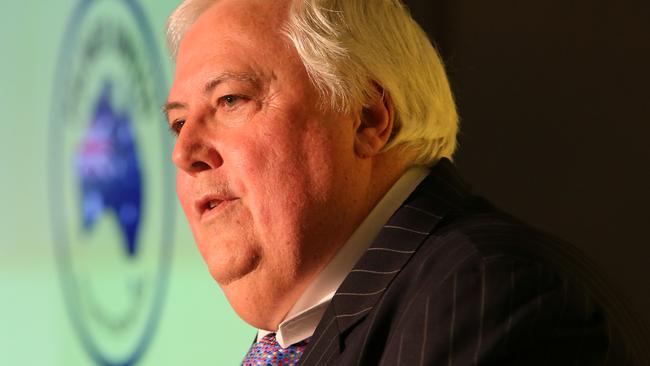
Those who thought the Coalition had the best plan were also the most likely to blame the global economy (38 per cent), while those on the Labor side were the most likely to blame government policy (23 per cent).
According to NAB chief economist Alan Oster, NAB’s own research shows the issue is not so much that consumers don’t have money. “When we ask about consumer anxiety, what we get out of it all the time is what people are worried about most are the core things: utility costs, education costs, housing costs, transport,” he says.
“The ones they aren’t stressed about are travel, entertainment, keeping up with the Joneses. They’re not a problem. The way I summarise it is while the consumer has money, they think it’s very expensive to live — but if they have to they will spend.
“So the arguments that say cost of living isn’t too bad because the CPI is low miss the point.”
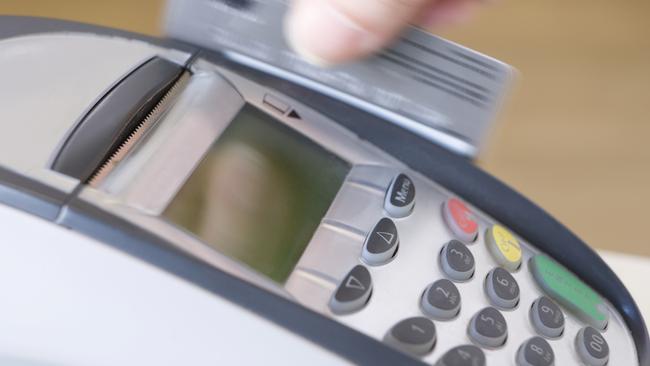
THE WHINGING AUSSIE?
Aussies have a reputation as being whingers. Well, we’ve found the ultimate Whinging Aussie.
One of the great things about data is you can break it down in so many different ways.
Digging down into our Cost of Living survey, we found a small but select group: those who say they’re struggling or barely coping with cost of living BUT spent more than $5000 on their last big non-essential purchase AND blame a third party for their problems.
There are only 888 out of more than 50,000 respondents who fit this profile. So what does he (or she) look like? The Whinging Aussie is most likely to:
• be male (72 per cent)
• be aged between 25-34 (30 per cent)
• live in NSW (32 per cent)
• be paying a mortgage (49 per cent)
• blame the government for cost of living pressure (52 per cent)
• believe no political party knows what to do about it (59 per cent)
• have bought a vehicle as their last major purchase (29 per cent)
• plan to cut back on entertainment/going out (71 per cent)
Sound like someone you know?


